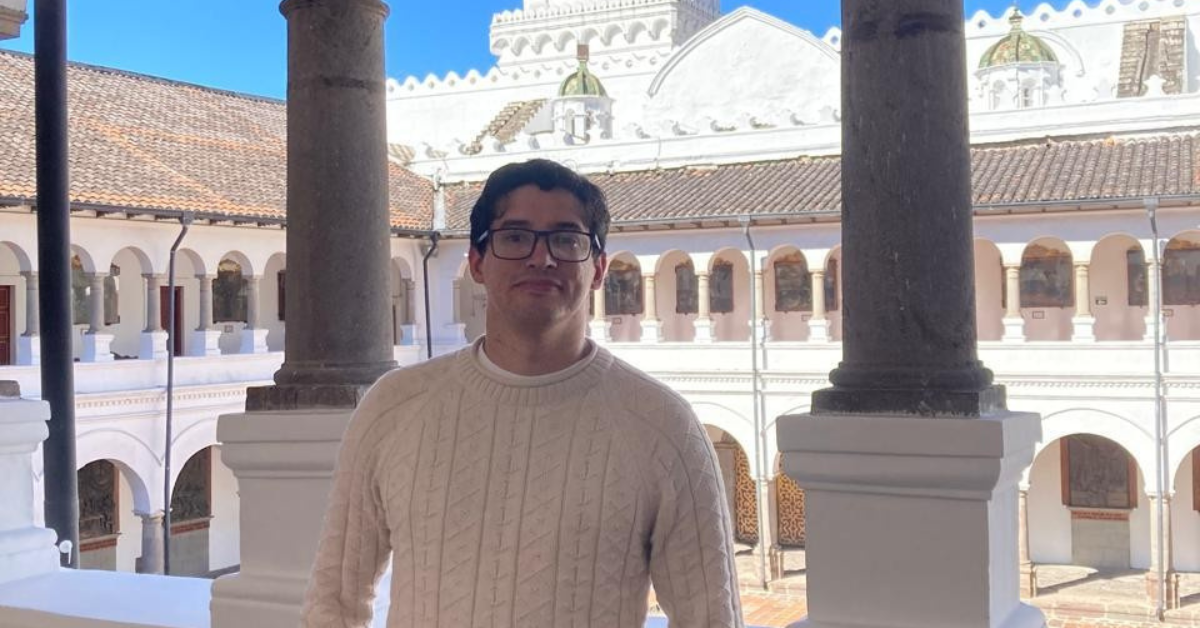Undergraduate students in “FREN 457: Advanced Translation” taught by Dr. Irem Ayan helped translate the UBC French program’s webpage from English to French. In this article, undergraduate student Virginia Tung and Dr. Irem Ayan reflect on the project.


“Translation requires a keen awareness of cultural nuances. We must not only translate words, but also capture the intended tone, context, and emotions of the original text.”
What aspects should every translator consider?
1. Context
Virginia Tung:
It is important for the translator to fully understand the context of the text. Where was the original text published? What was the purpose of the original text? These are all important things to keep in mind while translating, so the translated text uses the right tones and formality.
2. Linguistic and cultural nuances
Dr. Irem Ayan:
Translation is a complex and intricate endeavor that involves bridging linguistic and cultural gaps accurately and effectively. It requires a deep understanding of both the source and target languages, as well as a keen awareness of cultural nuances. We must not only translate words, but also capture the intended tone, context, and emotions of the original text. Moreover, translations need to be fit for purpose, that is, they must achieve what you want them to achieve.
Virginia Tung:
I had to think a lot about the diversity of my audience. The French program webpage reaches native or fluent speakers and beginner students. The text would therefore have to satisfy both types of readers’ needs. The translation needed to be clear, easy to understand, but not redundant. This was especially important for finding the right words to describe UBC’s curriculum.
3. Different approaches
Dr. Irem Ayan:
Translation is the process of creating an analogous meaning of written text in another language. I prefer to say ‘creating an analogous meaning’ rather than ‘transferring the meaning’, as each translation work is an artistic creation; this is demonstrated by the fact that we had 12 distinct translations from the 12 students who were involved. They all meant the same thing, but explained things differently, representing each student-translator’s choices, preferences, and style. We discussed and made a lot of comparisons among these versions.
Virginia Tung:
Sometimes our class of aspiring translators would come to an agreement immediately about certain words or phrases to use, but most times, even the shortest of sentences required hours of research, thinking, and discussion.
One of the things translators need to decide before they start translating a text is if they want to take a domestication approach or a foreignization approach. The domestication approach is when the translated text sounds like it is an original text written by a fluent speaker of that language. The text sounds natural, and the word choice is appropriate. A foreignization approach is when the result of the translated text shows evidence that it is in fact, a translated text. Perhaps the word choices make sense, but other options would be a better fit. A domestication approach is better than a foreignization approach in some situations, but this isn’t always the case. To make this decision, translators must think about their audience.
4. Industry-specific terminology
Dr. Irem Ayan:
I first asked students to analyze similar webpages from other French-speaking universities to familiarize themselves with the required style, formality, and vocabulary. Some terminology equivalences were already available on other websites (such as “minor”, “major”, etc.). However, we also needed to create our own equivalences to better reflect the content of English into French.
Virginia Tung:
For example, we needed to find the word for “Honours” that would let a native speaker know exactly what type of Honours the text is talking about. Overall, the biggest challenge was making sure that each word was the best word to use, which really pushed me to focus on attention to detail.
5. User experience (UX)
Virginia Tung:
We also had to consider the user experience (UX) design of the website in our translation work. When we initially translated the texts, the words were copy-and-pasted into a separate document for ease of reading. This, however, took away the UX layout of the text, which surprisingly contributes a lot to the meaning of the text. The hyperlinks on the website—phrases like “see below” or “read more”—reminded us to always remember the context of each word that we were translating and how the information was laid out for viewers on the website.
Thank you to the students who contributed to the French program webpage translation project: AJ Akachuk, Rachel Chen, Gwenaelle Collin, Bella Dufresne, Kirstin Mann, Kira Nowicki, Thompson Opden Dries, Chris Quon, Madeline Rosenthal, Virginia Tung, Ko Long Yu, and Bevery Yuen.


